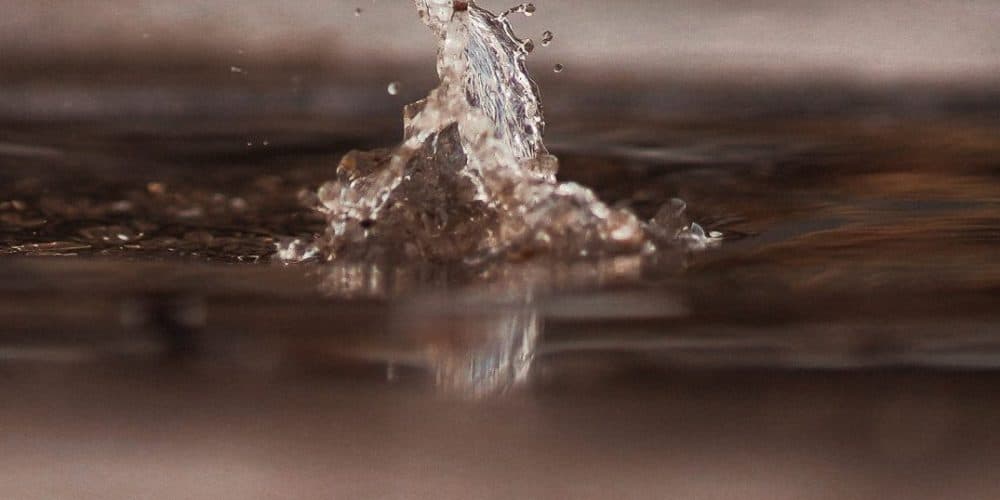Monitoring and Control of Your Water Treatment System – Part 3
Monitoring and Control of Your Water Treatment System - Part 3
Corrosion Rate
A big part of monitoring and controlling water systems that may not always be within a plant setting, is through tracking corrosion rates. Continuous, on-line monitoring instruments that track and measure corrosion do so at the value of millimetres per year.
These instruments are available for two different uses: portable and continuous. Portable units are installed in remote locations that the operator can connect to for data collection. Continuous analyzer units are located in one critical area that must be evaluated constantly.
These instruments can be used for steam condensate systems, critical cooling systems, water supply streams, and other locations as needed.
An analyzer’s probe contains electrodes that are then exposed or inserted into the stream that is being testing. Common materials are usually varying types of steel, although this is not always the case. Analyzers typically have internal meters in order to check calibrations that are against the standard.
Turbidity
Cloudy water is caused by suspended matter within the liquid, otherwise known as turbidity. Instruments that continuously measure turbidity monitor and control both clarifiers and lime softeners. These instruments can also detect matter that may compromise the clarity of the water, such as corrosion products.
Currently, there are two methods in use to continuously measure turbidity: the surface scatter technique and the nephelometric method.

Surface Scatter Technique
The surface scatter technique measures turbidity by using a light source emitted by an analyzer. The the source’s beam is emitted at the surface of a constantly level body of water. The reflected and refracted light are discarded, and the scattered portion of the beam is sensed and recorded by a photocell. The scattered light has a direct relationship to the turbidity of the water sample. This light is then translated and measured in turbidity units referred to as NTUs.
Nephelometric Technique
With the nephelometric method, whatever water sample that is being measured is passed through a cell. As it flows through the midpoint of the cell, the analyzer sends a beam of light into the moving fluid. Light receivers located at different positions throughout the inside of the cell receive and measure the amount of light scattered 90° from the original beam. As with the surface scatter technique, an increased amount of turbidity will increase the amount of scattered light. This scattered light is then measured in NTUs.
Because the surface scatter technique involves the light source and cell not being in contact with the water sample, it eliminates fouling as a factor. The nephelometric method, which is in contact with the sample during the process, is affected by potential fouling.

